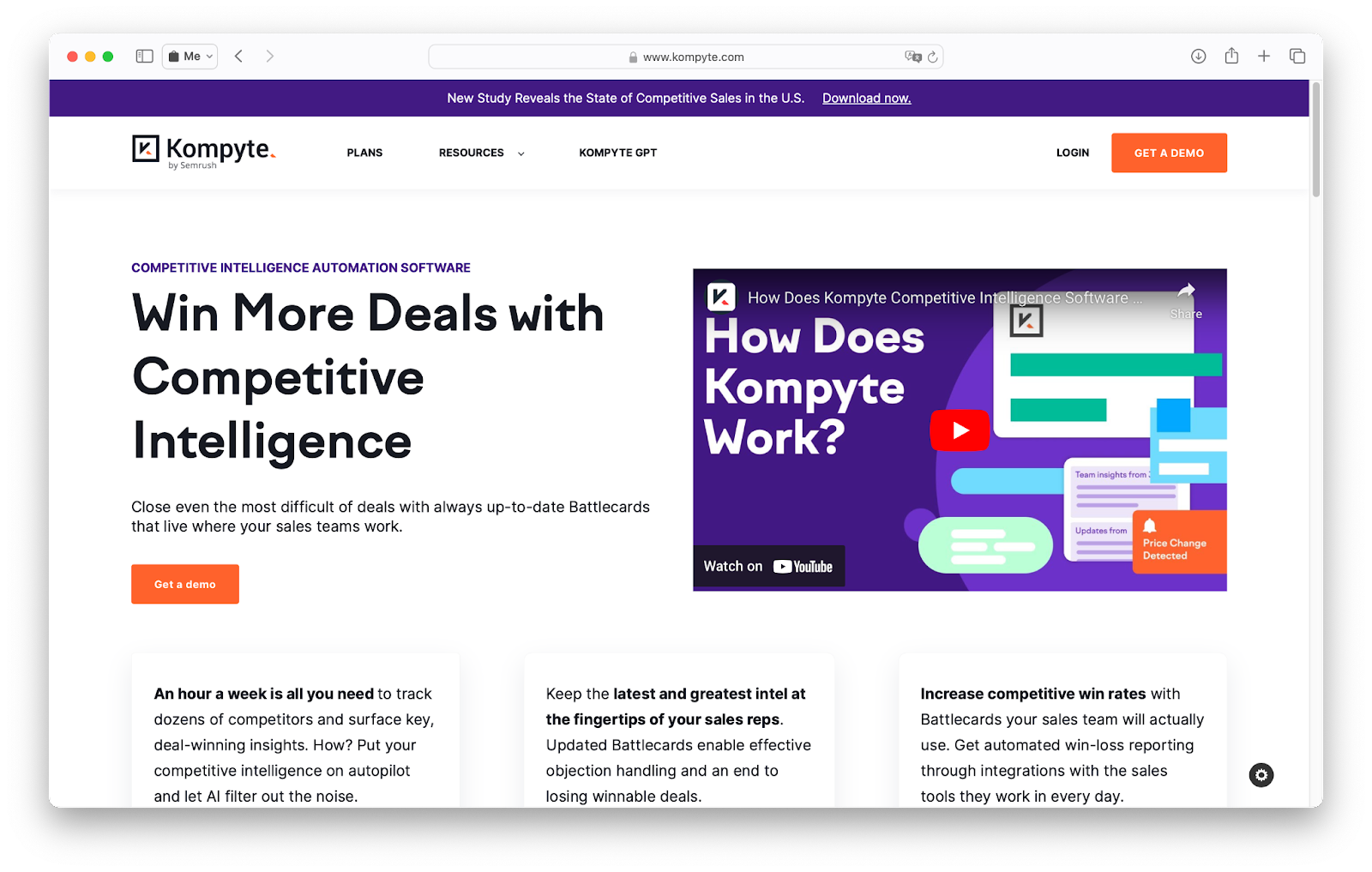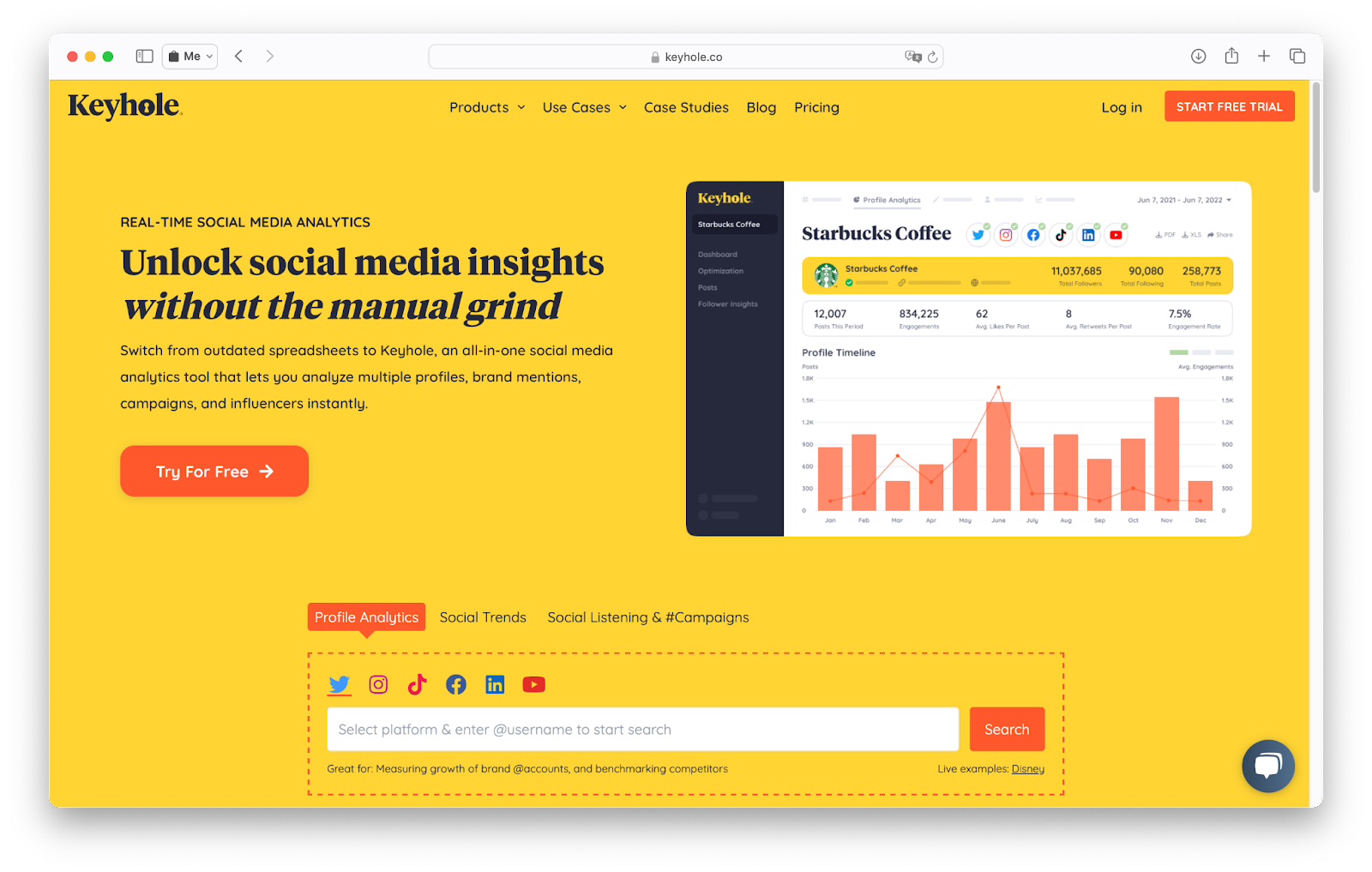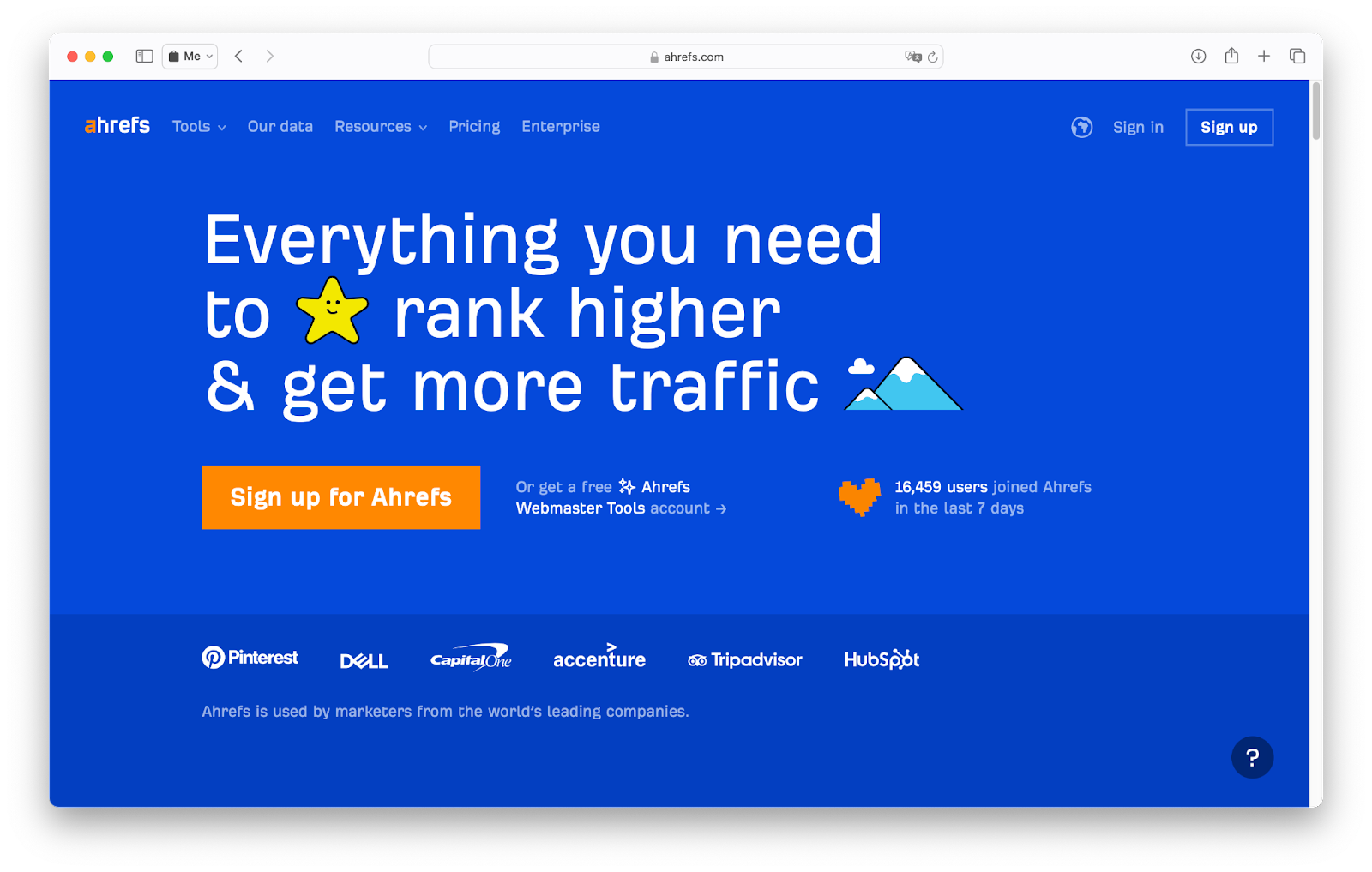
What Is Competitive Intelligence? Examples & Tools [2024]
Last update: 7 March 2024 at 01:53 pm
Why are top-tier businesses seemingly always one step ahead of the competition? How do they predict their competitors’ next moves? The term “competitive intelligence” may sound like a plot from a corporate espionage movie. However, it’s less about mysterious tactics and more about savvy strategic insights.
Going more profound than a casual scroll through competitors’ social media or a Google search, competitive intelligence is about stitching together a pattern from scattered pieces. It’s not just data collection; it’s about drawing actionable insights from that data to lead the industry.
What we’ll cover in this article:
- What Competitive Intelligence is and Why It’s Important
- How to Conduct Competitive Intelligence Research Effectively
- 3 Best Competitive Intelligence Tools
- Examples of Application for Competitive Intelligence Research
What Is Competitive Intelligence?
Competitive intelligence, or CI, is the process of collecting and analyzing data about competitors and the market to make informed decisions and enhance business performance.
Think of it as piecing together a puzzle: examining competitors’ social media activity, understanding their product positioning, analyzing their pricing, and observing their recruitment tactics. When pieced together, all these elements clearly show your competitors’ game plans.
The real value? With these insights, businesses can make swift decisions, free from guesswork and relying less on the highest-paid person’s opinion. Vital competitive intelligence empowers the marketing and sales team, guiding strategy, and giving your business the edge in an ever-changing market.
Why Is Competitor Intelligence Essential For Your Business?

Data is the compass guiding businesses in every step. It’s more than just website analytics and customer profiles; competitor market intelligence is the key that unlocks more profound insights and more innovative strategies.
Here’s why diving into competitor market intelligence is essential for your business:
Deepen Your Market Insight Fast
Sure, you conduct your own market research. But remember, so do your competitors. You can get a broader view of the market by analyzing their strategies, messages, and product positioning.
Competitor intelligence helps you verify your findings, recognize potential gaps in your strategy, and understand the customers your competitors are targeting, especially if you share a similar audience.
Establish Your Benchmarks
Your competitors can unknowingly help set the bar for your performance. If a competitor makes waves on a platform like Instagram or TikTok with short-form video content, use their engagement metrics to guide your campaign process.
Conversely, if they’re pouring resources into a platform with minimal results, you can learn from their pitfalls by analyzing your competitive intelligence research. Your competitors can guide your business strategy, helping you decide where to invest or pull back.
Drive Decision-Making
Competitor intelligence isn’t just for the top administration; it’s a treasure for every department.
Sales teams can refine pitches to highlight competitor shortcomings. Marketing teams can craft messages that directly challenge competitors. And product teams? They can innovate based on competitor features or lack thereof.
With CI you’re handing your sales and marketing teams rebuttals, counterarguments and also tailored pitches. Product development is another team, [..] they are the ones creating the tools that marketing and sales are pitching. With CI product teams can pivot and adapt when necessary which helps companies stay ahead of the competition.
Pere Codina, CEO at Kompyte
Think of other successful companies that have changed their products to fit different groups. Understanding what your competitor is up to can help you find your special place in the market.
Making decisions backed by competitor insights ensures you’re keeping up and leading the way in your industry.
How to Conduct Competitive Intelligence Research Effectively
Competitive intelligence research is essential for businesses seeking to thrive in today’s market. A well-structured approach can empower your marketing and sales teams to stay ahead of the competition. Here’s how to optimize your competitive intelligence efforts:
Step 1: Identify Key Competitors
Instead of attempting to monitor every player in the market, concentrate on your primary competitors. Focus on those who have similar offerings and directly challenge your market position.
Evaluating two or three of these primary rivals will provide more impactful insights than a casual overview of many.
Step 2: Define Clear Objectives
Beginning your research without well-defined goals can lead to overwhelming unstructured data. Decide upfront what you hope to achieve.
Are you aiming to refine your marketing tactics or considering branching into new product territories? Having set objectives ensures you gather actionable data pertinent to your goals.
Step 3: Expand Your Data Sources
Relying solely on social media for insights is limiting. Broaden your horizon by tapping into various resources: competitors’ websites, industry forums, news outlets, white papers, and job listings.
A diverse data source collection offers a more holistic view of a competitor’s strategy and market position.
Step 4: Cultivate a Culture of Intelligence
Competitive intelligence should permeate throughout your organization. By regularly sharing findings and encouraging discussions on competitive landscape shifts, your entire team can make more informed decisions.
This shared awareness makes your organization more adaptive and ready for market changes.
Step 5: Adopt Social Listening as a Strategy
Employ social media listening to keep tabs on digital discussions. Monitor brand mentions, industry trends, and competitor activities across various platforms. This proactive approach offers real-time insights and helps you stay ahead of the competition.
It is tapping into competitive intelligence that positions businesses for success. Exploring competitors’ strategies helps anticipate future trends. This ensures leadership within the industry.
3 Best Competitive Intelligence Tools
Competitive intelligence is a game-changer for businesses aiming to maintain an edge in their respective industries. In the era of accessible information, manual data analysis remains invaluable, but leveraging the right tools can elevate the results.
These tools streamline data collection and offer in-depth insights to help businesses strategize effectively. Let’s explore 3 of the leading tools for gathering competitive intelligence data and making waves in the market.
Kompyte

Kompyte is a competitive intelligence tool designed to track competitors in real-time. This platform offers a bird’s-eye view of your competitors’ digital strategies across various channels. It specializes in capturing competitor moves, from website changes, SEM campaigns, and content updates to social media activities.
With Kompyte, sales teams can immediately react to competitor initiatives, identify gaps in their strategy, and align their marketing efforts to stay ahead. Its intuitive dashboard presents data in an easily digestible format, allowing immediate action and enhancement in your competitive intelligence strategy.
On top of that, Kompyte offers sales battle cards that update in real time, allowing your sales team to be on track with any changes on competitor websites.
Keyhole

Social media is a battleground where brands compete for attention, and Keyhole is the tool to ensure you’re not left behind. Keyhole specializes in real-time tracking of brand mentions, hashtags, and keywords across various social platforms, giving you a distinct competitive advantage.
This tool helps businesses understand their brand sentiment, track campaign performance, and measure event impact.
What makes Keyhole unique is its ability to provide a live view of discussions and trends as they unfold. Its analytics suite allows for competitor benchmarking, enabling businesses to gauge their performance against industry leaders.
Competitive analysis from Keyhole can empower businesses to refine their social media strategies, craft impactful campaigns, and resonate better with their audience.
Ahrefs

While Ahrefs is well-known for its SEO capabilities, its superior skill in competitive intelligence is undeniable. Beyond simple keyword research, Ahrefs provides a deep dive into competitors’ online strategies.
The batch analysis tool is a gem for gaining insights on metrics like domain rating, referring domains, and estimated organic traffic. Its Site Explorer offers a closer look at competitors’ backlink strategies, allowing businesses to understand where their rivals are earning mentions and how they can potentially bridge the gap.
Furthermore, Ahrefs’ content explorer tool shines a light on trending topics within the industry, giving users a hint of what’s resonating with audiences. It’s a must-have tool for competitive analysis.
Examples of Application for Competitive Intelligence Research
CI goes beyond simply gathering information about competitors—it’s about deciphering this information to predict industry moves and stay ahead of the curve. Whether you own a big SaaS business or are the CEO of an e-commerce conversion rate optimization agency, strategic intelligence is a guiding light in a competitive environment that helps gain crucial data for business decisions. Let’s explore diverse sectors and see how CI is used.
Digital Startups
Understanding customer pain points is paramount in tech startups, AI chatbots, and agility. Imagine a huge company entering a highly competitive environment. What could they do to gain an edge? The answer lies in leveraging competitive intelligence.
By analyzing the industry, anticipating customer preferences, and identifying market gaps, they could offer a unique value proposition tailored to specific customer needs.
Airlines and Dynamic Pricing
Anyone who has tried to book a flight ticket has possibly noticed fluctuating prices. The airline industry is a master at applying CI in real-time pricing strategies. They monitor their competitors’ pricing for routes and gauge customer behavior.
For instance, a repeated search for a specific flight might result in gradual price hikes for that user. Airlines can personalize pricing and optimize their revenue based on external intelligence by employing sophisticated tracking tools and data analysis.
Marketing and Brand Engagement
On social media, brands are in constant competition for audience attention. Take Wendy’s, for example, with their witty and sometimes cheeky tweets directed at competitors. While some might see this as a mere give-and-take, it’s a calculated move based on CI.
By closely monitoring competitors’ posts, comments, and overall online presence, brands like Wendy’s can craft content that strikes a chord with their audience, setting them apart in a crowded marketplace.
Additionally, companies can use AI tools to boost their creativity and productivity while maintaining an edge in marketing and brand engagement.
Monitoring Competitor Growth Indicators
A vital aspect of CI is observing the indirect signs of a competitor’s strategy. Hiring trends, for instance, can provide hints about a company’s direction. An uptick in tech hires might suggest a digital transformation or a new product in the works.
Conversely, a sudden wave of layoffs might indicate internal challenges or a shift in strategy. Such indicators, while subtle, can provide businesses with valuable intelligence about where the market is heading.
Last but not least, monitoring changes in executive leadership and partnerships can offer critical insights. For instance, a competitor appointing a new CEO with expertise in a particular market segment may signify a shift in their strategic focus. These subtler cues can further sharpen your ability to anticipate market trends and make well-informed decisions on your business strategy.
Summary
Navigating competitive business terrains demands a sharp understanding of rivals’ tactics and strategies. Employing competitive intelligence tools like Kompyte, Ahrefs, and Keyhole provides valuable insights to steer your company toward informed decision-making and strategic planning.
The discernible impact of competitive intelligence is showcased by startups, especially notable ones like Airbnb, which applied customer insights and technological advancements to redefine their industry.
Thus, comprehensive competitor insights can enrich every strategic move, product launch, or marketing campaign. How will such knowledge reshape your upcoming business strategies?
FAQ
Who are the competitive intelligence professionals?
Competitive intelligence professionals are individuals trained and specialized in gathering, analyzing, and interpreting information about a business’s competitors and the broader market environment.
Their main goal is to provide actionable insights that aid strategic decision-making. These experts often have backgrounds in market research, business analysis, or related fields.
They use various tools, methodologies, and sources, from public databases to social media monitoring, to understand competitor behaviors, market trends, and potential business threats or opportunities. Their insights are vital for businesses that stay ahead of market dynamics and maintain a competitive edge.





